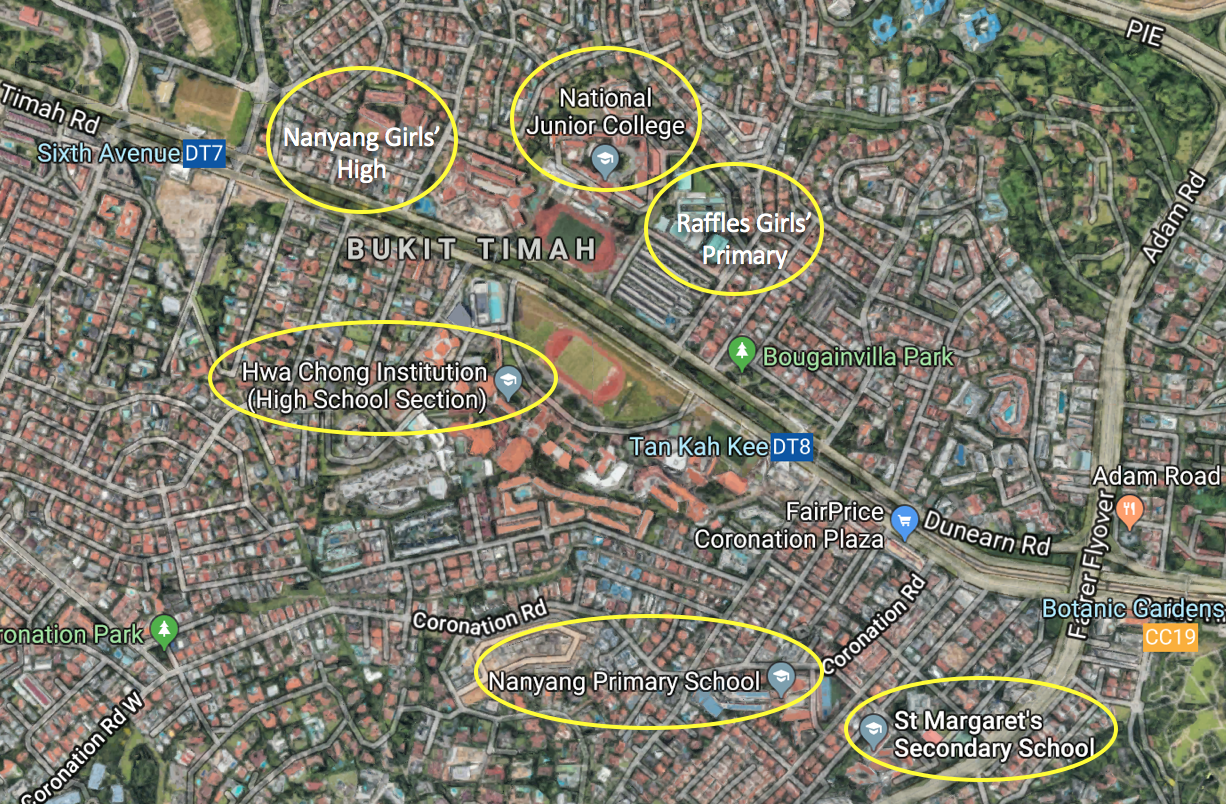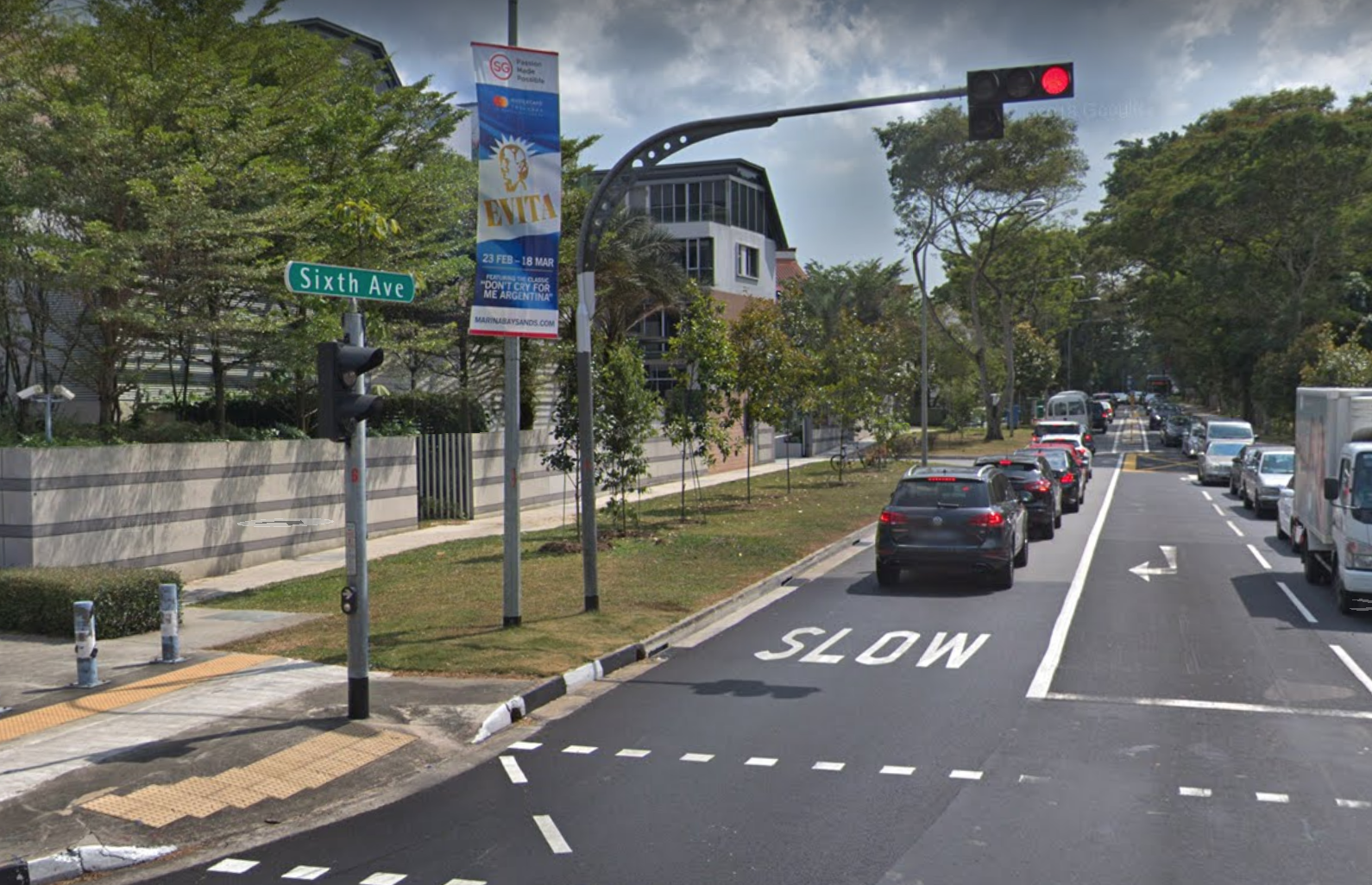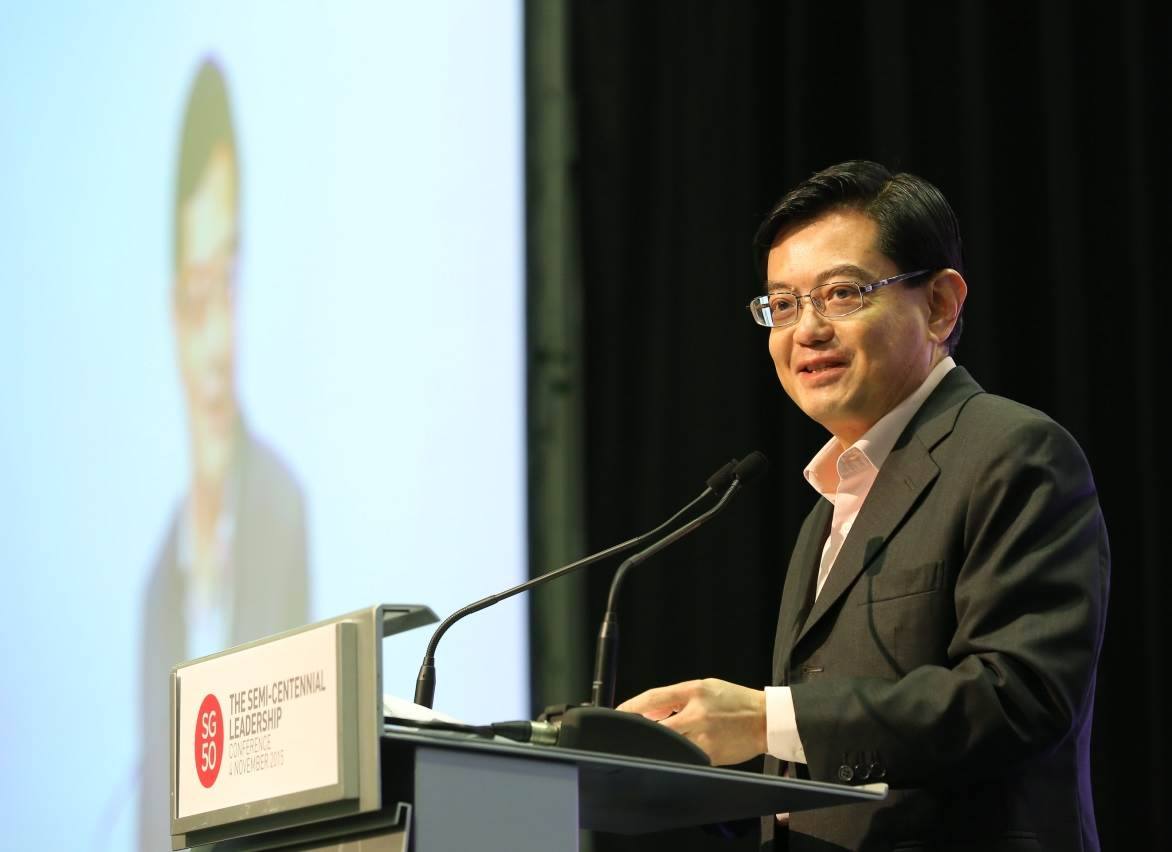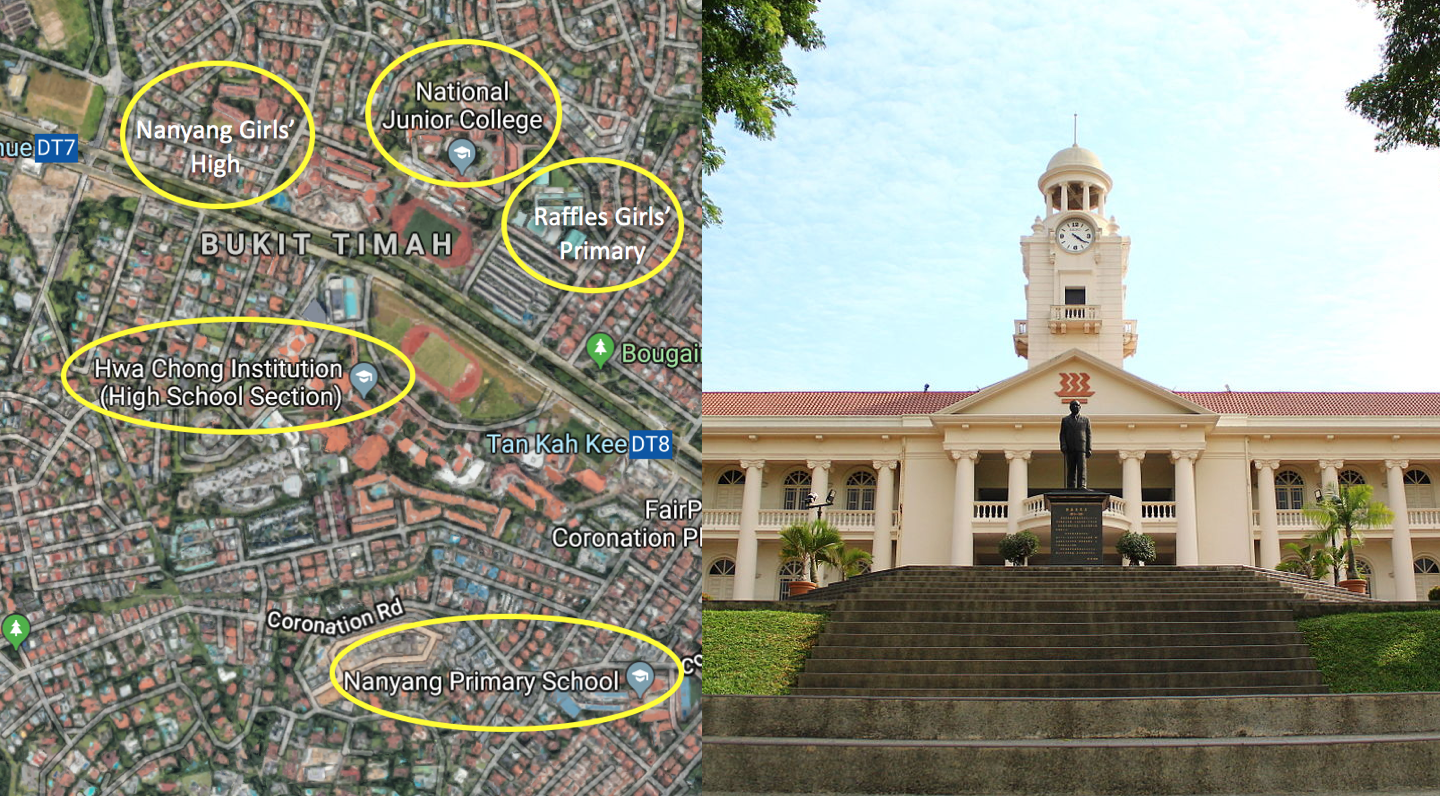Managing diversity in Singapore, published in 2016, is a book of essays distributed by World Scientific.
The book, which you can buy a copy of here, brings together a range of scholarly perspectives on the tensions posed by diversity in Singapore, and how it is managed at the policy level.
National University of Singapore (NUS) associate professor Tan Ern Ser and Institute of Policy Studies (IPS) researcher Tan Min Wei contributed an essay titled "Two stories on class in Singapore: Diversity or division?" as a chapter in the book.
Their essay discusses the implications of class privileges within the education system.
***
An excerpt from this essay is reproduced here:
By Tan Ern Ser & Tan Min Wei
Perhaps an interesting observation to be made here is that while the concept of class may not be particularly salient among Singaporeans, their image of the class structure may be understood in terms of such notions as “elites” or “scholars” and “farmers”, or simply “rich people” and “ordinary folks”.
The former dichotomy differentiates between those who have excelled in a particular brand of meritocracy, that of examination performance — and are placed on a fast-track career trajectory with ample opportunities to showcase their merits — and those who have not, and, therefore, unlikely to experience significant upward social mobility.
The latter dichotomy distinguishes between those who can provide their offspring continual advantages for achieving success and those who can offer only limited help to their children, often with much difficulty or self-sacrifice, supplemented by government transfers.
The above discussion leads us to further explore the few places where the character of Singapore’s somewhat nascent, subjective class structure is still being constructed.
Meritocracy is the main part, but more fundamental notions of class can be found in those sites where merit is defined, such as the education system.
Perceptions of how success is achieved in Singapore, more so than the trappings of success, can widen or narrow class schisms and depending on how these are addressed, they may come to define Singapore society as we move into the future.
We shall now look more closely at a site in Singapore where the mobility game is keenly played by students and their parents.
The "Bukit Timah belt of schools"
Quite apart from being a symbol of the geographical distribution of wealth and privileges in Singapore, Bukit Timah is also home to an unusual concentration of schools.
At least nine major educational institutions are located along a short stretch of Bukit Timah Road.
 Adapted via Google maps.
Adapted via Google maps.
Moreover, the primary schools in their midst are among the most highly sought after across the country.
The competition to gain entry into these schools may in fact be one of the factors contributing to the premium prices fetched by residential properties in their vicinity, given the demand by parents eager to purchase or rent such nearby housing units with the intention to take advantage of a one-kilometre rule which places applicants in a priority queue.
This grouping of schools, referred to as the “Bukit Timah belt of schools”, includes several of the well-known “top”, “elite” or “brand name” schools in Singapore.
It comprises a mix of school types — primary, secondary and pre-university — as well as one polytechnic at the edge of the belt.
The “belt” became more salient in the popular imagination particularly since 1993 when an article published in The Straits Times used the term to highlight concerns about this concentration of elite schools.
If you (have enough money to) live near there, you can go there
However, the concerns are less about the concentration or existence of elite schools than about the inequality of access to them.
Besides the one-kilometre rule noted earlier, there is some disquiet regarding the priority status given to applicants whose parents are teachers, alumni or volunteers of the school or who have older children already enrolled in the school.
 Screenshot via Google streetview.
Screenshot via Google streetview.
The fact that a child whose family can afford to live in the neighbourhood of an elite school or whose parents possess the time and skills to volunteer their services does mean that class can render the structure of opportunity unequal, or that such an allocation system has an unintended consequence of favouring children from higher socio-economic background.
One could, therefore, argue that class does influence access to the so-called better schools, and presumably the probability of getting consistently good grades throughout one’s school career, which is recognised by Singapore’s meritocracy system, and in turn achieving greater success in the world of work.
The probability of occupational success is also enhanced by access to social networks and exposure to values, knowledge and social skills.
More generally, economic capital could be translated into human, social and cultural capital with which to develop the capacity for acquiring merits and the opportunity to build social connections essential for future success even in a meritocratic society.
However, the process of acquiring merits does not occur by pure osmosis.
Indeed, many parents are not inclined to leave this to chance. They feel the need to enhance the capacity of their children to acquire whatever merits deemed essential for success.
This propensity results in what may be understood metaphorically as an arms race.
The tuition "arms race"
At the level of individuals, the education “arms race” refers to the S$1.1 billion that Singaporeans spend on supplementary tuition annually.
The emergence of this race may be attributed to the anxiety and obsession of parents to ensure that their children acquire sufficient merits to meet the requirements of Singapore’s meritocracy.
Jason Tan, an academic at the National Institute of Education, notes that tuition is no longer used only by weak students to catch up with curriculum materials, but it is also a “weapon” mobilised by better students to gain a competitive advantage over their peers.
This turns education into a positional good, encouraging an “arms race” of sorts involving escalating expenditures on tuition and favouring, even if unintended, students from families who are able to afford enrichment programmes, reputable tutors, or tuition centres.
Ever-smaller diversity of elite school student populations
At the level of schools, the education “arms race” has had an unintended consequence of reducing the class and ethnic diversity of elite schools.
In 2011, the late Lee Kuan Yew, who was Minister Mentor (MM) at that time, alluded to this in a speech to the alumni of his alma mater, Raffles Institution, probably the top elite secondary school in Singapore.
He pointed out that for all the good that meritocracy had done both for and through the school, the latter had by then lacked “the diversity of the old RI” — 60 per cent of its students had parents who were both graduates and there were few students from minority races.
Banding of schools reinforce divisions
Another dimension of the “arms race” involves the banding of schools.
This practice was intended to promote and recognise excellence, but it has had the unintended consequence of reinforcing the line between brand-name elite schools and the so-called neighbourhood schools.
In 2012, the Ministry of Education (MOE) decided to scrap the practice because it has had the unfortunate effect of convincing many parents that the academic achievement of a school was the key, if not the only, yard-stick for assessing the merit of a school.
"Every School a Good School"
The then-Minister of Education, Heng Swee Keat, explained that “each of our schools is good in its own way — as long as we continue to take into account the unique needs and abilities of our students”.
 Photo via his Facebook profile.
Photo via his Facebook profile.
He also announced that more funds would be made available to help schools develop their non- academic specialities.
This has come to be known as the “every school a good school” policy, which aims at ensuring that all students will benefit from the best holistic education programme that reflects the priority of the government to equalise opportunity and recognise a broader range of excellence.
To address the “lack of social diversity” situation, which could reinforce class boundaries, characteristic of the ‘‘Bukit Timah belt of schools”, it was announced a year later in 2013 that all schools would have to reserve a total of 40 places (roughly equivalent to one class) in their Primary 1 registration exercise for “non-affiliated” children.
This would contribute to some extent towards preventing the elite schools from becoming closed circles where class reproduction operates through the enrolment system.
Helping those who are left behind, but little to stop kiasuism at the top
In 2014, an even larger shift took place involving a rethinking of the underlying philosophy of education in Singapore. To understand this shift, it helps to revisit the last 40 years of the education system.
Hitherto, the education system has been built on the philosophy that all children in Singapore, regardless of socioeconomic background, should be given the opportunity to move up the education ladder on the basis of merits, as demonstrated in examination performance.
While the policy has always been to ensure that no child is left behind due to difficult financial circumstances, there is, as discussed earlier, very little to prevent parents with the means to provide more than a leg-up to their children to acquire the merits necessary to progress within the education system.
How Singapore's streaming system started
Those without the merits were in the distant past likely to drop out of school ill-equipped for the world of work.
However, to prevent educational wastage and the formation of an underclass, the Ministry of Education had channelled students who did not pass the Primary School Leaving Examination (PSLE) or the O-level examination to vocational training.
The above nascent streaming system was eventually rationalised and formalised in a 1978 MOE report produced by a team led by the then-Minister for Education, the late Dr Goh Keng Swee.
The report essentially recommended a streaming system that channels students to different tracks on the basis of their academic ability.
It was purportedly designed to provide “an opportunity for less capable pupils to develop at a pace slower than that for more capable pupils” and allow the former to re-join the latter once they manage to catch up.
Academic track ranked above technical & vocational routes
More importantly, while not explicitly stated, the system ranks the academic track higher than the technical or vocational track.
This means that students who are deemed to be of sufficient merit would likely complete their formal education in 16 years with a bachelor’s degree, while those who are less academically inclined would, if they have chosen to enrol in a polytechnic, leave the education system with a diploma, or lower down on the educational hierarchy, an Institute of Technical Education (ITE) certificate.
Notwithstanding the streaming and the hierarchy, the education system is intended to be a benign one, which allows weaker students a second chance to get back on track, and equips all students, regardless of academic performance, with skills to make a living or even to carve out a career.
But there are concerns that streaming, coupled with high-stakes examinations, can be damaging to a student’s self-esteem, resulting in self-fulfilling low achievements, even as it disregards the possibility that some so-called weak students at the age of 12 or at 16 years may turn out to be late-bloomers with tremendous potential.
Moreover, as noted earlier, despite the fact that the education system is a meritocratic one, it can be subverted by the (dis)advantages of family background, which means that class origin does to some extent influence class destiny.
What the government is doing to level the playing field
Ng also highlighted the case of Finland where removing educational streaming was found to have lowered “intergenerational income correlation by 23 per cent”, without affecting its consistently outstanding PISA school rankings.
Recently, the government has introduced measures to help Singaporeans beat the odds of their respective “starting points” in life, or to “level-up” those who hail from disadvantaged backgrounds.
Renewed focus on preschool education
These are first, the efforts to enhance preschool education and provide government-run kindergartens that will address the learning needs of students from disadvantaged backgrounds and those with special needs.
A new government agency called the Early Childhood Development Agency was established to oversee the test-bedding of this specialised pre-school education curriculum.
Greater focus on skills training & apprenticeship in ITE, Poly
Second, after a year-long consultation by what was called the Applied Study in Polytechnics and ITE Review (ASPIRE) Committee, new measures are being implemented from 2015 to enhance skills training in the ITE system and polytechnics, emphasising apprenticeship schemes, with the objective of turning their students into future-ready graduates for good jobs.
SkillsFuture — because there are different routes to career success
Third, also from 2015 onwards, the government is investing in individual accounts for all Singaporeans aged 25 years or older to provide them the funds to seek skills and educational upgrading.
This measure is aimed at not only promoting life-long learning, making one always future- ready amidst the ever-changing economic climate, but also reinforcing the message that there are different pathways to occupational success, and that past failures to acquire relevant skills and educational credentials need not hinder future success.
Class origin not having a role to play in class destiny — still "very much an aspiration" in S'pore
There is also an increasingly loud, explicit message that future-readiness is not about obtaining degree qualifications early in one’s life, but about acquiring and constantly upgrading one’s skills essential for securing decent-paying jobs with good career prospects.
As Deputy Prime Minister (DPM) Tharman Shanmugaratnam put it, the education system in Singapore has to be that of a “continuous meritocracy”, which means that a person’s success should not be determined solely by academic results at any particular point in time, but by the continuous pursuit of mastery in what one is doing.
In short, class origin does not have to determine class destiny if there are different pathways to success, and that the class-related advantages associated with passing examinations and getting a degree may turn out to be of low significance in one’s career trajectory.
But this scenario remains very much an aspiration.
Top photo via Google maps and iStock photo.
If you like what you read, follow us on Facebook, Instagram, Twitter and Telegram to get the latest updates.
